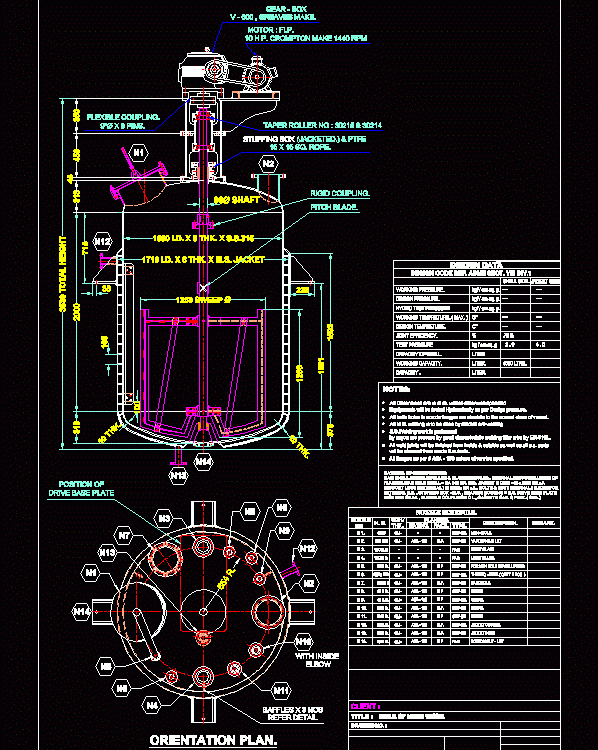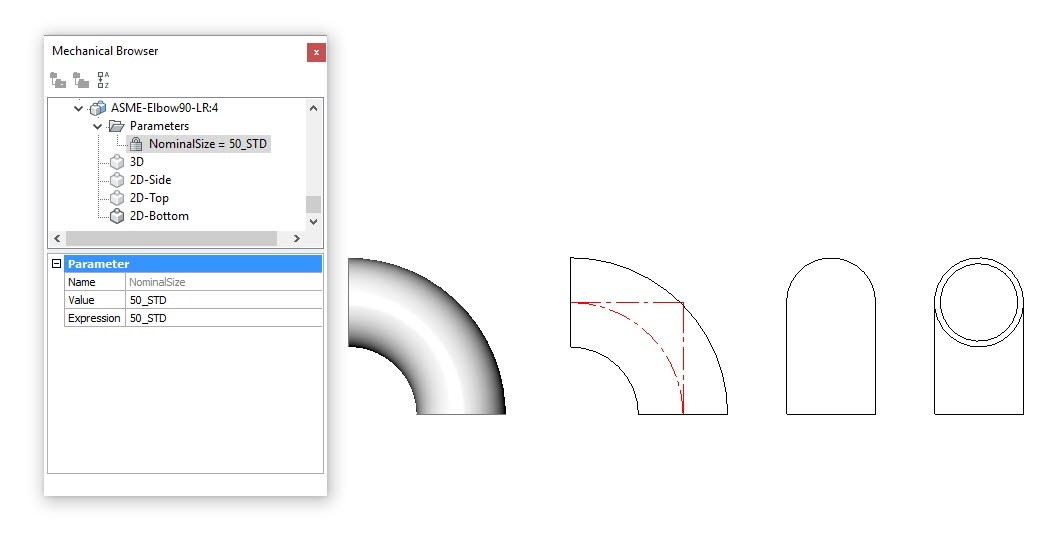Autocad Dynamic Block Pdf
In a dynamic block reference, a scale actionbehaves similar to the SCALE command.

Using Block Tables & Parametrics to drive a Dynamic Block in AutoCAD. One of the most powerful features of AutoCAD is dynamic blocks. I mostly use this feature to create dynamic symbols that can be used in drawings, like Section arrows, 2D Pipe ends, North Arrows, etc. A Dynamic block allows you to dynamically change 2D Objects in various ways, like rotate, scale, move, show or hide. Apr 01, 2019 Draw a circle using Centre and radius command. Enter center as 0,0 and radius as 20. Step 2: Creation of block. Type 'B' and hit enter to create block. Once the command is executed the following window will appear. Enter the name of block. Click on pick point option. Then select the object. Check the 'open in block editor' option and click Ok. Dec 11, 2009 When AutoCAD ask for the number of grips, type 1 then enter. It suppose to be the default value by the way. After you place the lookup action, change the parameter name to ‘door type’. Then place the lookup action. AutoCAD will open a lookup table. We are going to define the door sizes here. Click the ‘add properties’ button.
The scaleaction is similar to the SCALE command. In a dynamic blockreference, a scale action causes the block's selection set to scalewhen the associated parameter is edited by moving grips or by usingthe Properties palette.
In a dynamicblock definition, you associate a scale action with an entireparameter, not a key point on the parameter. You can associate ascale action with any of the following parameters:

- Linear
- Polar
- XY
Afterassociating a scale action with a parameter, you associate theaction with a selection set of geometry.
Specify theType of Base Point for a Scale Action
The scaleaction has a property called Base Type. Withthis property, you specify whether the base point for the scalefactor is dependent or independent.

If the basetype is dependent, the objects in the selection set scale relativeto the base point of the parameter with which the scale action isassociated. In the following example, a scale action is associatedwith an XY parameter. The scale action base type is dependent. Thebase point of the XY parameter is located at the lower left cornerof the rectangle. When the custom grip is used to scale the block,it scales relative to the lower-left corner of the rectangle.
If the basetype is independent (shown in the Block Editor as an X marker), youspecify a base point independent of the parameter with which thescale action is associated. The objects in the selection set willscale relative to this independent base point you specify. In thefollowing example, a scale action is associated with an XYparameter. The scale action base type is independent. Theindependent base point is located at the center of the circle. Whenthe custom grip is used to scale the block, it scales relative tothe center of the circle.
Specify theScale Type Property for a Scale Action
When a scaleaction is associated with an XY parameter, the scale action has anoverride property called Scale Type. Thisproperty specifies whether the scale factor applied is theparameter's X distance, Y distance, or X and Y coordinate value distance from the parameter's basepoint.
Using Dynamic Blocks In Autocad Download
For example,you specify X Distance as the Scale Type for a scale action in adynamic block definition. In a drawing, when you edit the blockreference by dragging a grip on the XY parameter only along the Yaxis, the associated geometry does not scale.
Using Dynamic Blocks In Autocad 2021
They are blocks that can have a variable appearance and placement using grip constraints. Dynamic Blocks are flexible and intelligent. They can automatically align themselves with existing geometry. They can have multiple insertion points. They can change visibility, representing multiple versions in one block instead of inserting multiple variations, and you can edit the geometry without exploding them. This enables you to modify the appearance of individual block references rather than searching for other block definitions to insert or redefining the existing ones.
Why Should I Use Dynamic Blocks?
Blocks, an essential part of nearly any drawing, are used to represent real-world objects. Different variations of real-world objects can require you to define just as many variations of blocks. Dynamic Blocks will reduce your block library size. They can be locked and protected from being exploded. They can be placed on a Tool Palette for greater organization and they will make you more productive by maintaining standards and reducing your clicks and picks.